Email
afric@nikkoevent.com
Address
C-9-3 Lorong Bayan Indah 3
Bay Avenue
11900 Bayan Lepas
Penang
Office Hours
Monday to Friday: 9AM - 5PM
Weekend: 10AM - 5PM

Email
afric@nikkoevent.com
Address
C-9-3 Lorong Bayan Indah 3
Bay Avenue
11900 Bayan Lepas
Penang
Office Hours
Monday to Friday: 9AM - 5PM
Weekend: 10AM - 5PM
We supply a full range of indoor LED screen displays in Malaysia, marketed under our indoor series and Indoor Fine Pitch series. Pixel pitches available for our Indoor LED Screen are P2.0, P2.5, P3.0, P4.0 and P5.0.
Suitable for medium to large LED screen installations. Indoor LED display is commonly used in sales galleries, meeting rooms, seminar halls, conference halls, hotel ballrooms, and building lobbies.
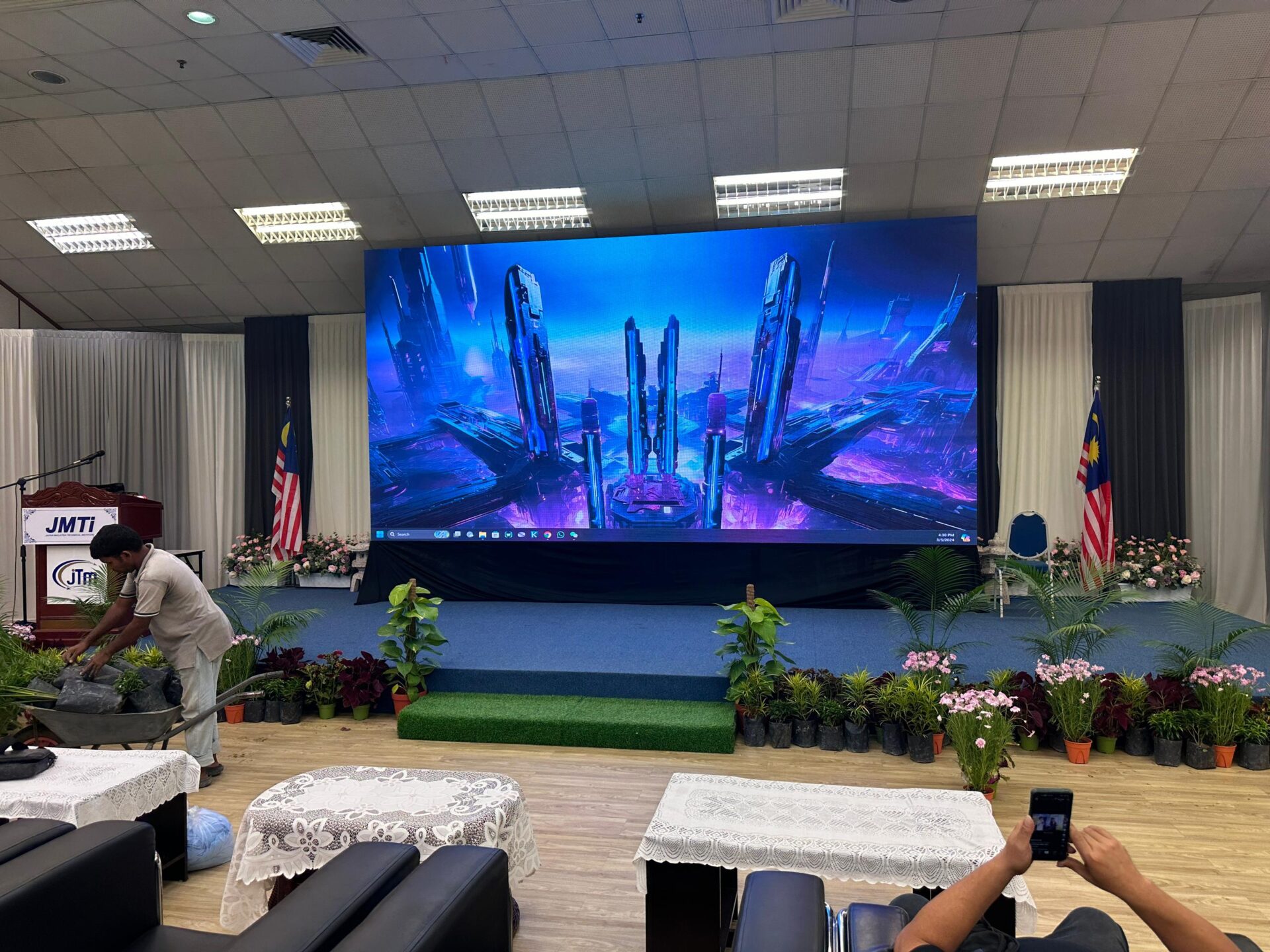
Unraveling the Indoor Display Dilemma: A Closer Look at LED Screens vs. Video Walls and Projector Screens
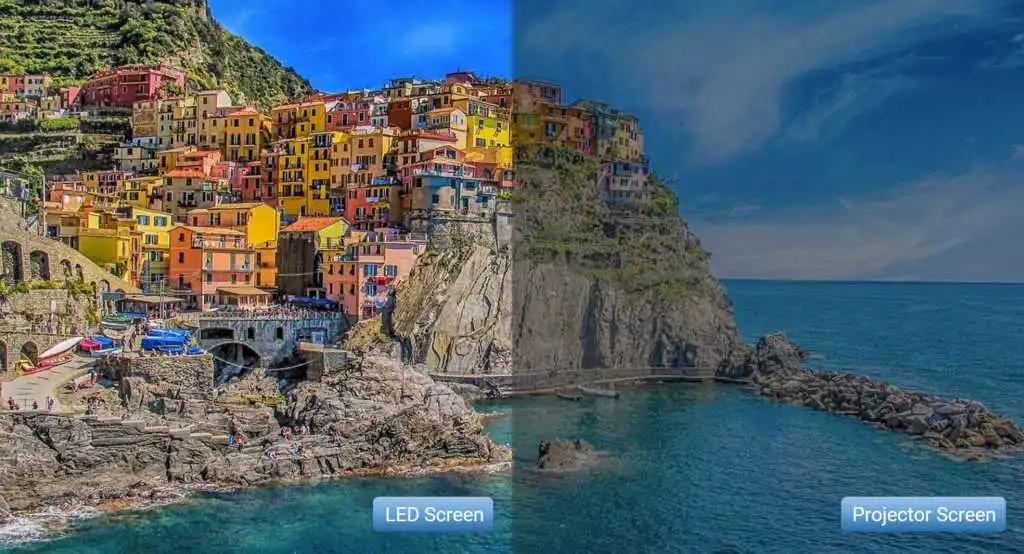
Videowall was a popular choice few years ago with the ability to form a giant screen by cascading multiple of TV-like screens with slim bezels. However, videowall has some problems such as:
Our indoor series’ LED Screen Display is bezel-less and seamless. Each LED module is tuned and calibrated from the factory. In short, our LED display can give you seamless and uniform visual experience.
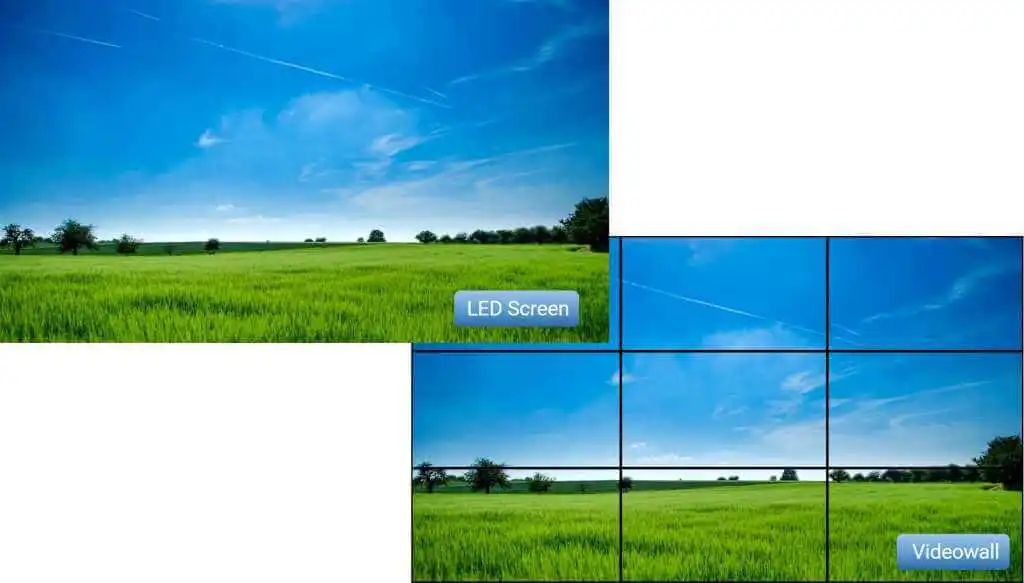
Are you still using projector screen? We believe you will face the following problems.
If yes, then it is the right time to go for LED screen display and all of above problems can be mitigated. Our indoor series LED screen display is bright, vivid, and is maintenance free. The difference is day and night once you upgrade to our solution.
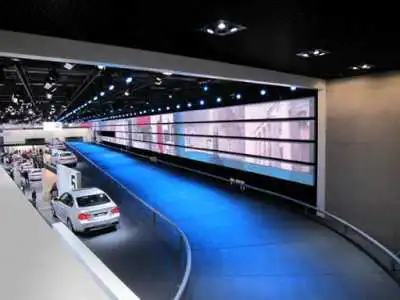
LED Screen Display can be used at sales gallery to display your product information, introductory video and even as a backdrop for your events.
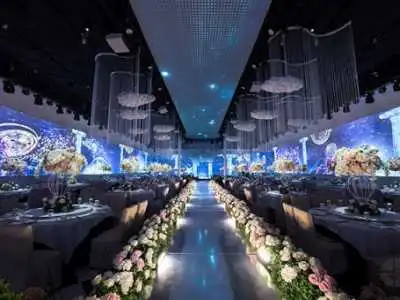
Use the LED Screen Display as the hotel ballroom stage backdrop or mounted on the wall to display dynamic videos and images.
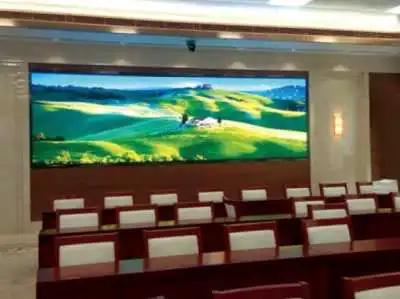
LED Screen Display can be installed at hall / exhibition center to project information or presentation slides to the participants.
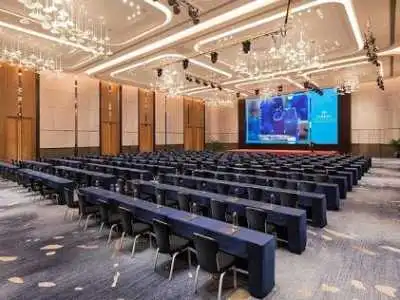
Use LED Screen Display instead of projector screen for bright and vivid visual, without turning off the room lights and rolling down the curtains.
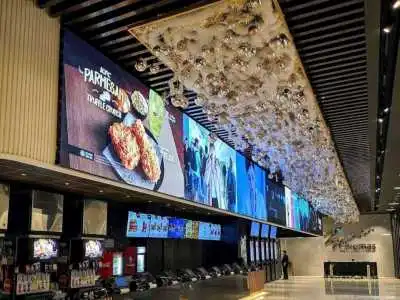
LED Screen Display is modular, meaning you have full flexibility when designing one for advertising purpose, for full creativity.
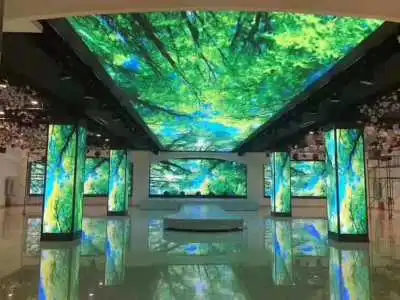
Modernize your building lobby with our indoor series LED Screen Display. It can be mounted on the wall, column and even ceiling.
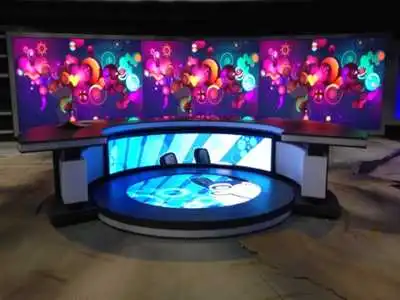
With LED Screen Display, broadcast or TV station background can be changed in real time for information or decorative purposes.
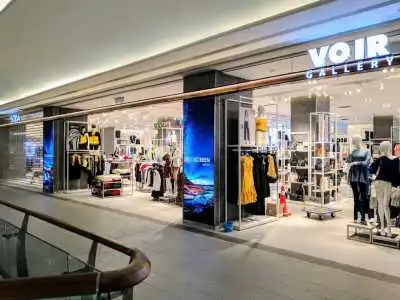
Reduce printing works with our indoor series LED Screen Display, where your promotions can be updated within a few mouse clicks.
Commonly Asked Questions
Let’s start by figuring out what you plan to do with your LED screen. LED screens have various uses in different situations, and the type you choose depends on the specific application you have in mind.
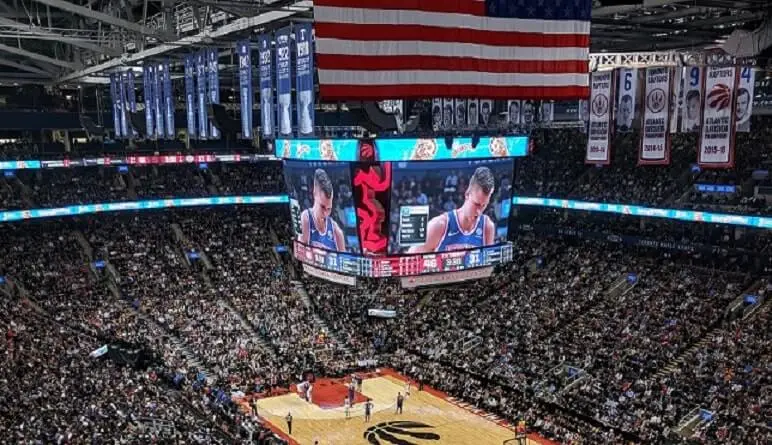
Hung LED screens require no ground space, making them ideal for indoor or semi-indoor spaces with high foot traffic like passageways, railway stations, entrances, and event venues. However, due to load limitations, only small to medium-sized screens can be installed on most ceilings, as not all structures support heavy hanging objects.
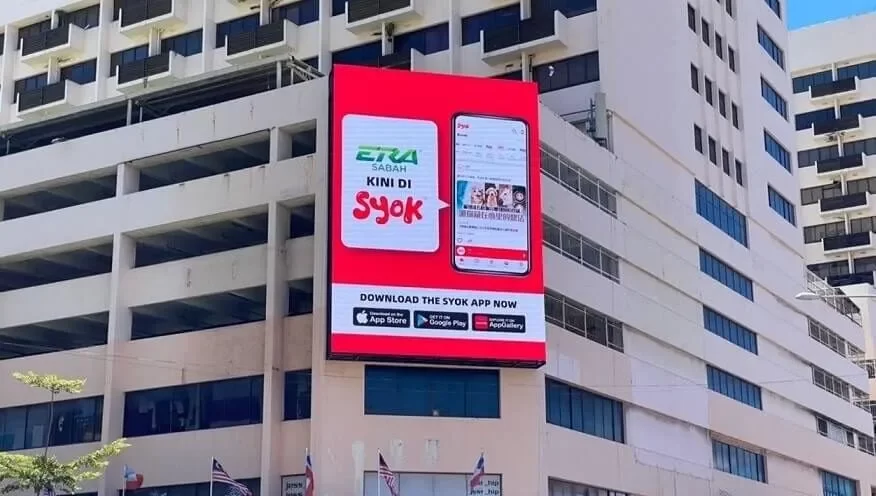
Wall-mounted LED screens are versatile for indoor and outdoor use, featuring a customized steel frame bracket attached to building walls for support. This popular installation is favored for outdoor advertising and digital billboards, with outdoor setups requiring a maintenance platform between the screen and the wall. Indoor LED screens are front-serviceable, eliminating the need for a maintenance platform.
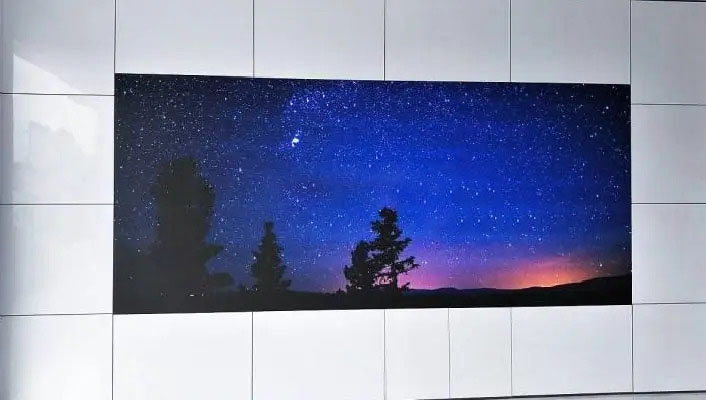
Wall-embedded LED installation suits both indoor and outdoor settings, providing a seamless, uniform design for aesthetic appeal. This option demands careful planning, ensuring the wall has ample depth for the LED screen and its supporting steel frame. Engineers must align the screen surface with the wall for a polished finish.
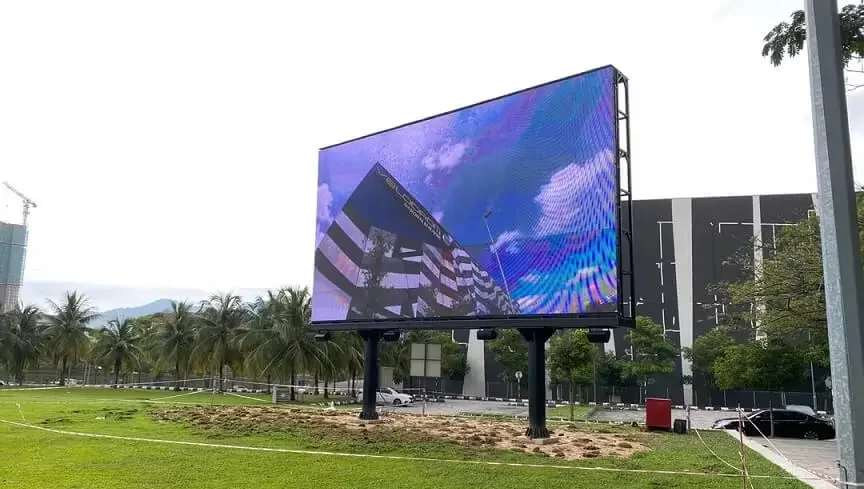
Single or double-pole installations are common for outdoor digital billboards, elevating the LED screen for improved visibility and extended viewing distances. The concrete foundation is crucial for structural strength, supporting the structure and withstanding strong wind loads. Engineers assess soil conditions, wind loads, and billboard height to ensure a robust LED billboard.
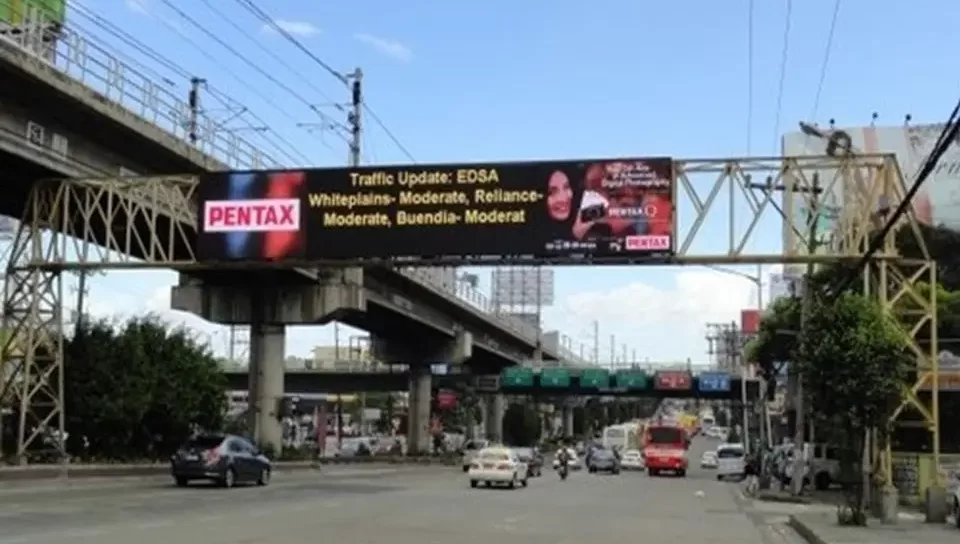
Overhead screen is also known as overhead panel (OHP). It is a type of LED screen which is mounted on a standalone steel frame structure that spans across the road. Besides, the LED screen can also mounted on an existing pedestrian bridge. In order to ensure a safe installation, permits need to be obtained from the highway or local authorities.
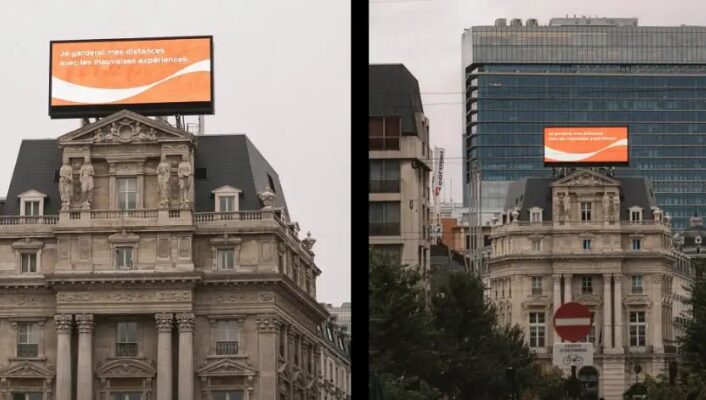
Installation and post installation maintenance are some of the challenges that need to be dealt with. However, if the installation is planned and conducted well, rooftop LED screen can bring advantages. Large LED screen can be built on top of a high-rise building to enable better visibility for a greater viewing distance. Besides, this method does not require additional land estate.
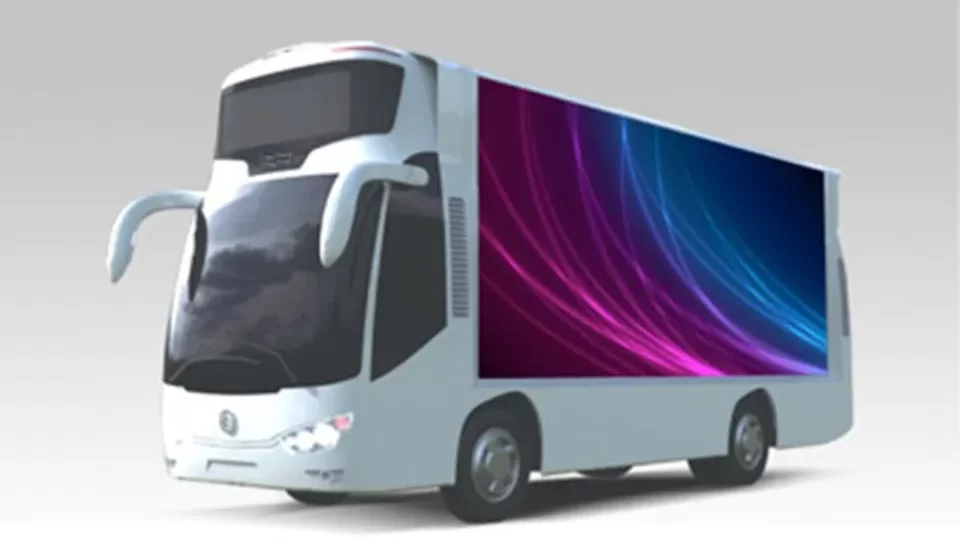
This installation method has gained popularity in recent years. The whole display system is installed on movable vehicles such as truck, van or bus. The screen is usually used to display advertisements, or serves as a backdrop for live event together with sound reinforcement system.

LED screens are commonly found in sport arenas. Digital LED scoreboard is used to display the game score. Besides, a large LED screen in a sport arena can be a multi-purpose display. Live match, video replay, game score and advertisements are displayed commonly using the multi-purpose LED screen display.
The location or the surrounding environment of the LED screen is very important. It can affect several factors such as screen brightness and weather resistance.
Indoor and outdoor LED screens differ primarily in weather resistance, assessed through Ingress Protection (IP) ratings. Common indoor ratings include IP2X and IP3X, providing protection against large objects but not moisture (indicated by X). Outdoor screens typically have an IP65 rating, ensuring dust-tightness and protection against water jets, making it suitable for outdoor environments.

Another main difference between an indoor LED screen and an outdoor LED screen is the level of screen brightness. The screen brightness is measured in nits (cd/m2). Higher level of brightness means the screen can appear visible even when there is strong ambient light. Outdoor LED screen usually has a higher brightness level, ranging from 4,500 nits to 7,500 nits. Some LED panels which are made of high grade materials, can even reach as high as 12,000 nits. On the other hand, indoor LED screen does not require a high level of brightness. The indoor environment has lower ambient light. If an indoor screen is too bright, it will affect the viewing experience heavily.
Determining the viewing distance is crucial for choosing the right pixel pitch in LED screens. A general guideline is to match the pixel pitch (in mm) to the viewing distance (in m). For instance, with a 4m viewing distance, opt for a pixel pitch not exceeding 4mm. While smaller pitches like 1mm offer higher resolution, it’s essential to consider the optimal viewing range to avoid compromising the experience. Smaller pixel pitches also entail higher costs. Conversely, larger pitches, like 10mm for indoor displays, may result in pixelation and reduced visual appeal when viewed up close.
Minimum viewing distance (m) = Pixel Pitch (mm)
Pixel Pitch (mm) x 3 = Optimal viewing distance (m)

Using the formulae above, users can determine the minimum and the optimum viewing distance easily. Optimum viewing distance refers to the acceptable distance where the screen can appear sharp without any obvious visible pixels.
Pixel pitch, measured in millimeters, is the center-to-center distance between adjacent pixels in an LED display. Simply put, it represents the gap between pixels. Smaller pixel pitch signifies a shorter distance between individual pixels, leading to higher resolution and improved image clarity within the same display area. The figure below illustrates the pixel pitch for an LED module.
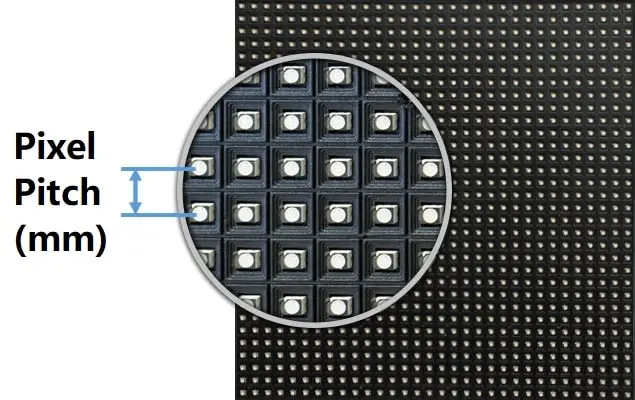
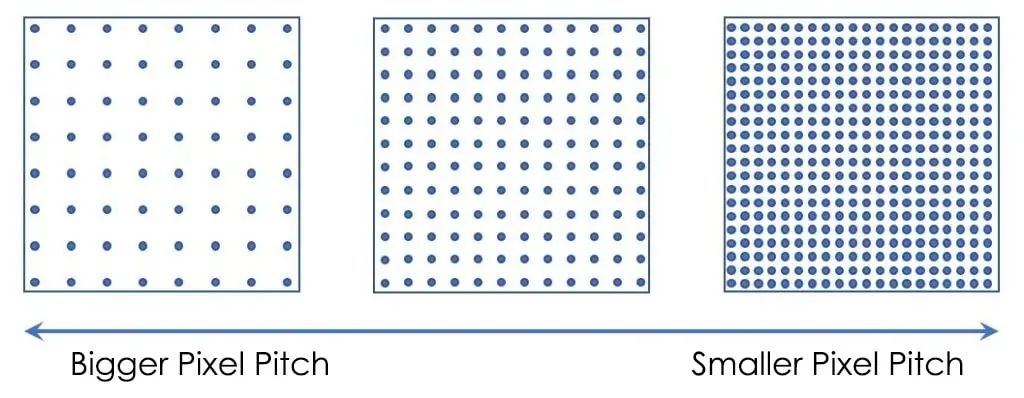
Finally, we can refer to the following table for the general idea on choosing the right pixel pitch. Indoor LED screen usually has a pixel pitch below 5mm, while outdoor usually has a pixel pitch of 6mm and above.
Advancement of LED panel manufacturing technology has enabled pixel pitch as small as 2.5mm for outdoor application but it is still not common yet. We expect to see more outdoor applications with smaller pixel pitches in the near future.
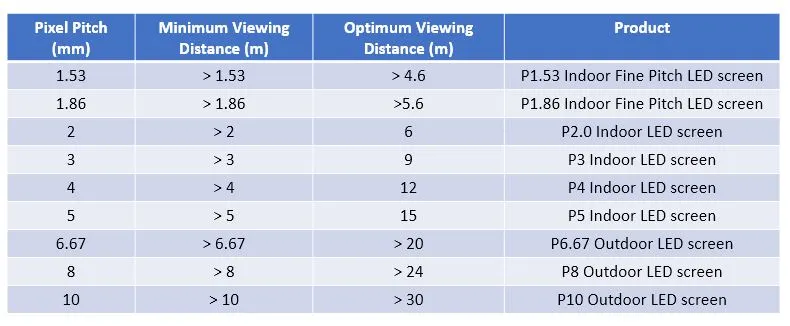
What sets us apart is our unwavering commitment to excellence. From meticulous attention to detail to a passion for creating immersive environments, Nikko Concept is your dedicated partner in bringing all your event vision to life. Trust us to turn your ideas into successful, memorable experiences.
Contact us now to discuss your event’s needs